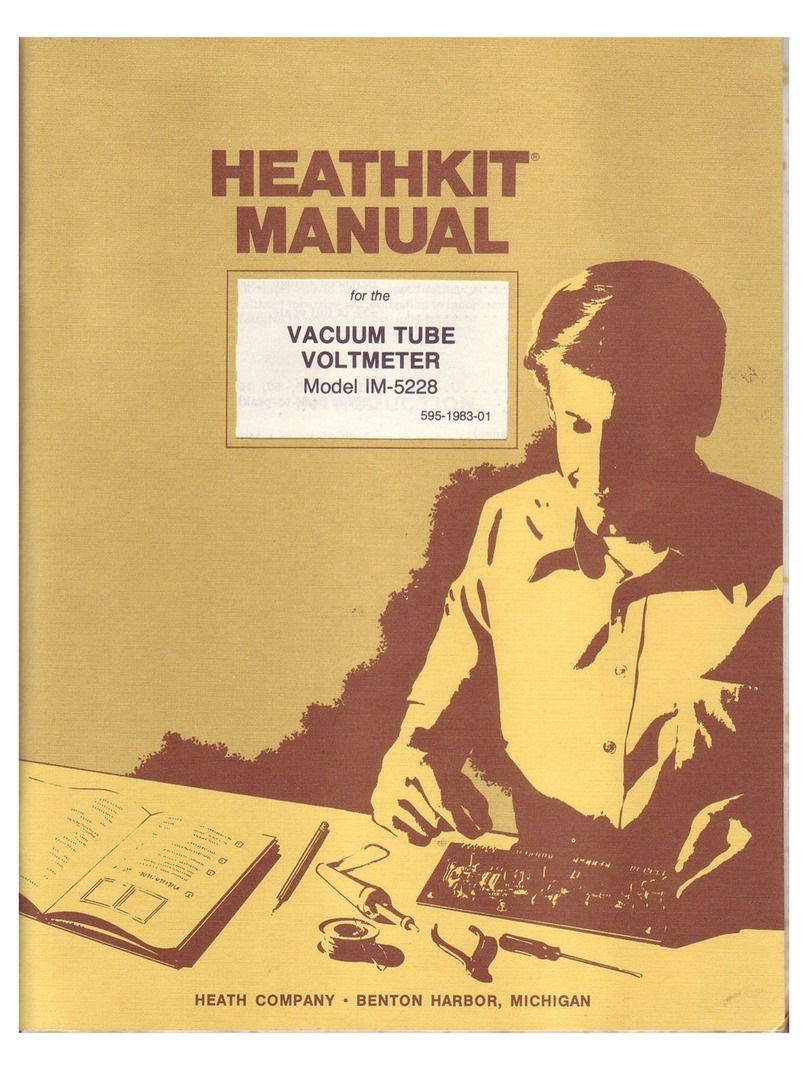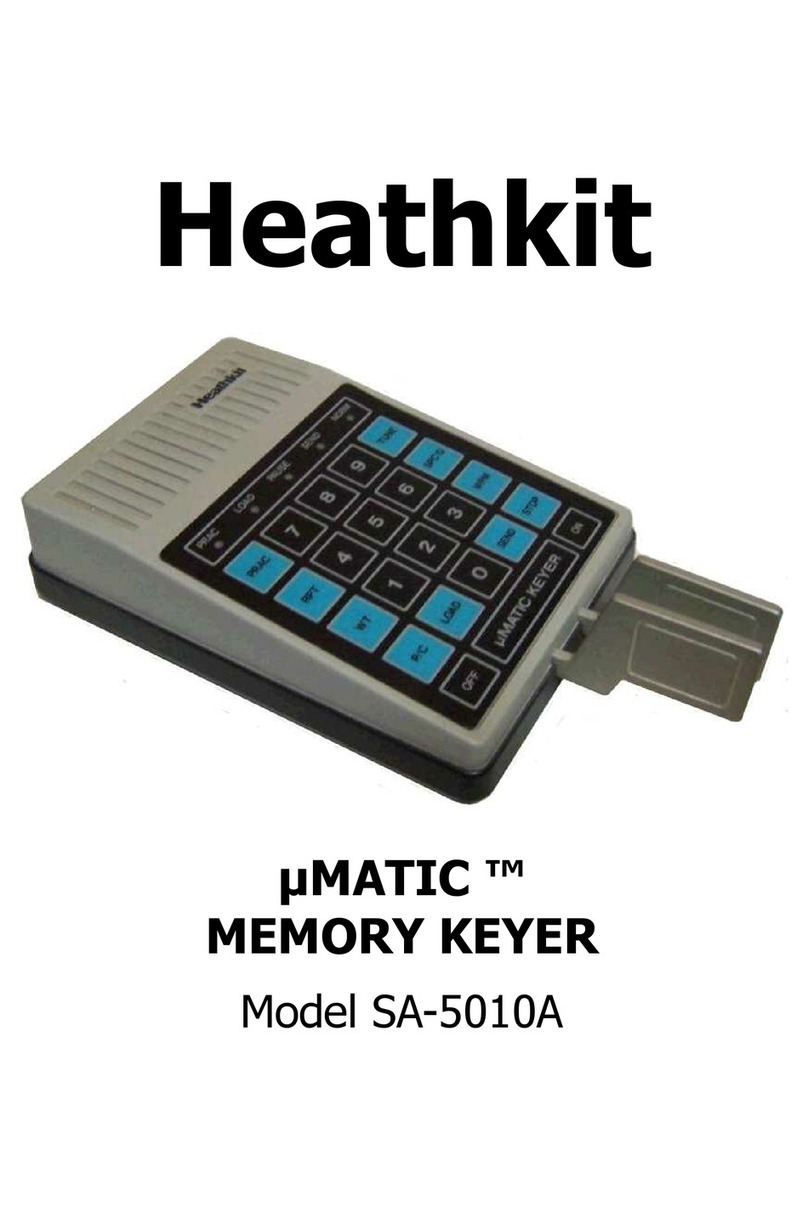Heathkit VF-1 Installation instructions
Other Heathkit Measuring Instrument manuals

Heathkit
Heathkit IM-48 User manual
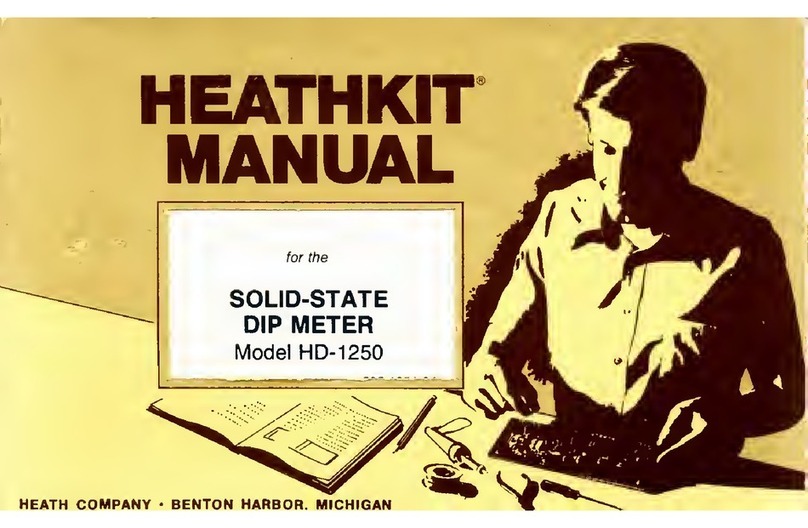
Heathkit
Heathkit HD-1250 User manual
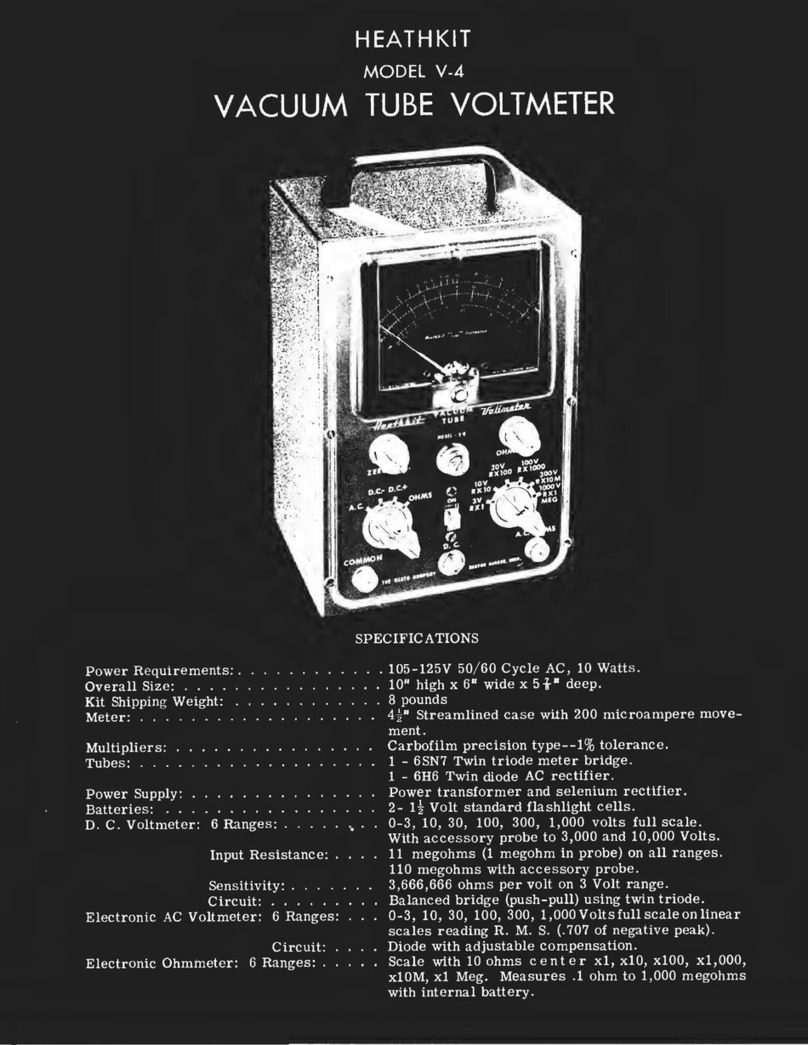
Heathkit
Heathkit V-4 User manual
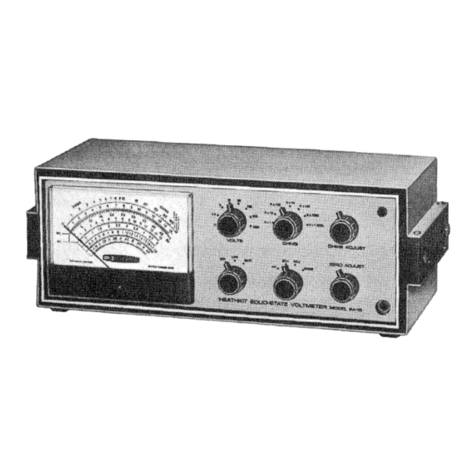
Heathkit
Heathkit IM-16 Installation instructions
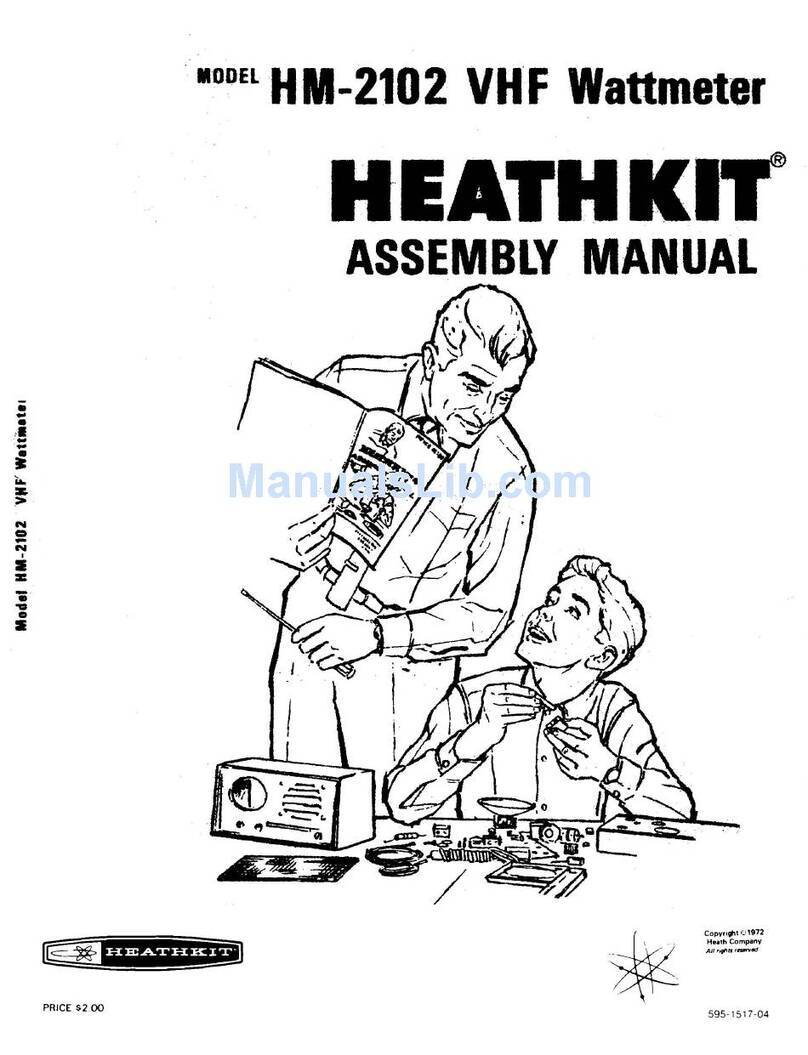
Heathkit
Heathkit Heathkit HM-2102 User manual

Heathkit
Heathkit HM-2140 User manual

Heathkit
Heathkit im-5210 User manual
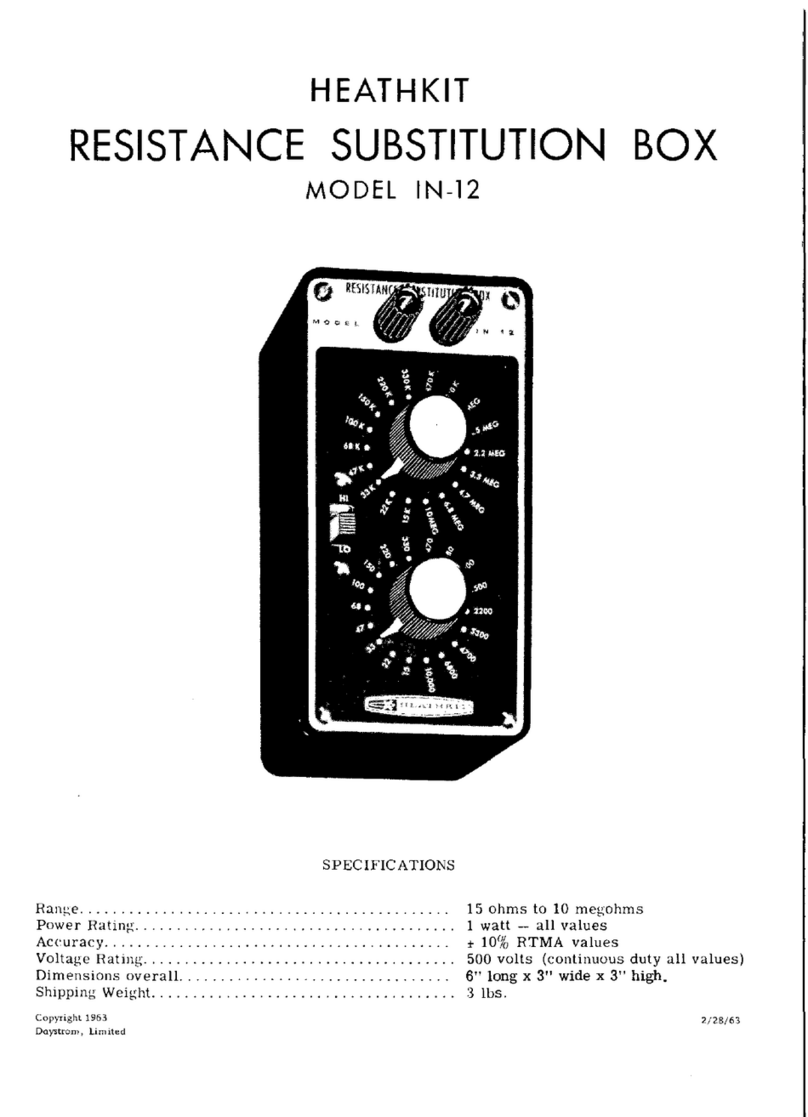
Heathkit
Heathkit IN-12 User manual
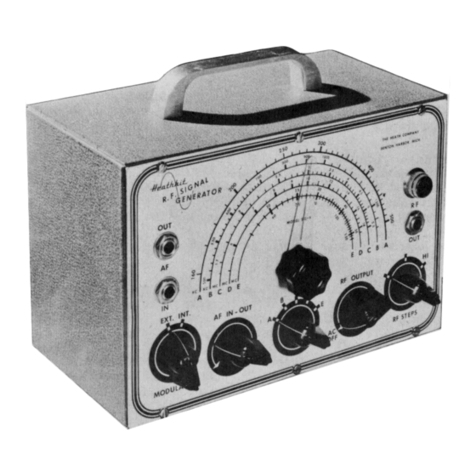
Heathkit
Heathkit SG-6 Guide
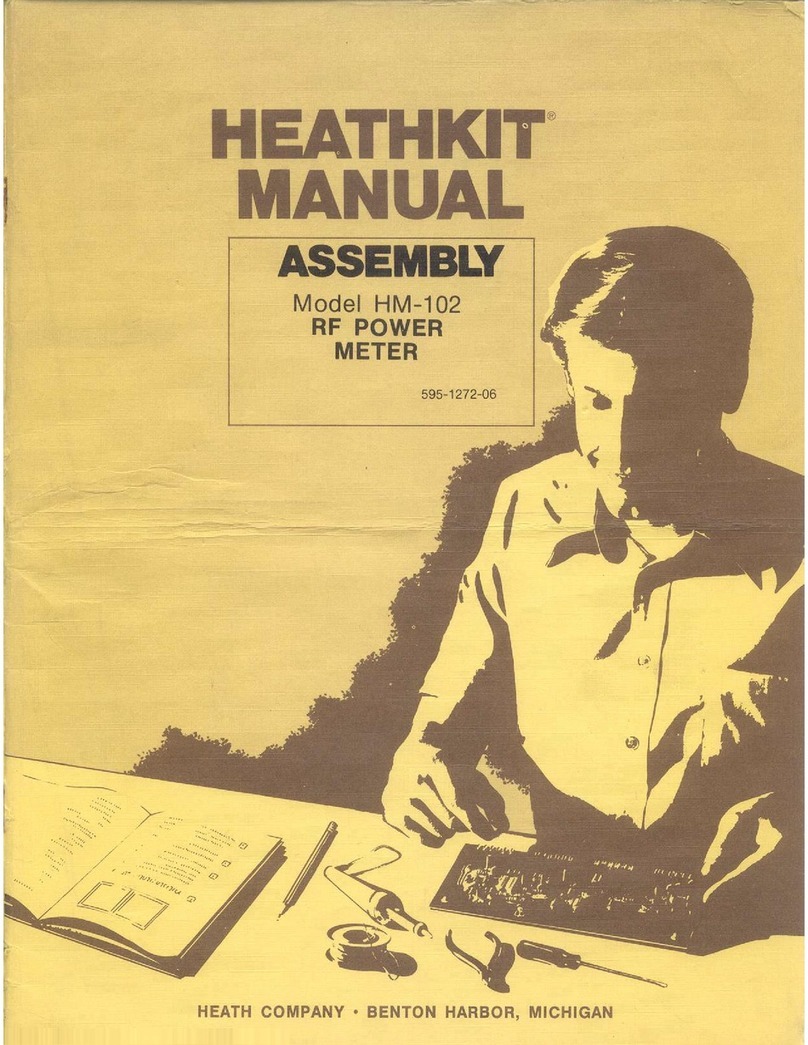
Heathkit
Heathkit Heathkit HM-102 User manual
Popular Measuring Instrument manuals by other brands

Powerfix Profi
Powerfix Profi 278296 Operation and safety notes

Test Equipment Depot
Test Equipment Depot GVT-427B user manual

Fieldpiece
Fieldpiece ACH Operator's manual

FLYSURFER
FLYSURFER VIRON3 user manual

GMW
GMW TG uni 1 operating manual

Downeaster
Downeaster Wind & Weather Medallion Series instruction manual

Hanna Instruments
Hanna Instruments HI96725C instruction manual

Nokeval
Nokeval KMR260 quick guide

HOKUYO AUTOMATIC
HOKUYO AUTOMATIC UBG-05LN instruction manual

Fluke
Fluke 96000 Series Operator's manual

Test Products International
Test Products International SP565 user manual

General Sleep
General Sleep Zmachine Insight+ DT-200 Service manual
